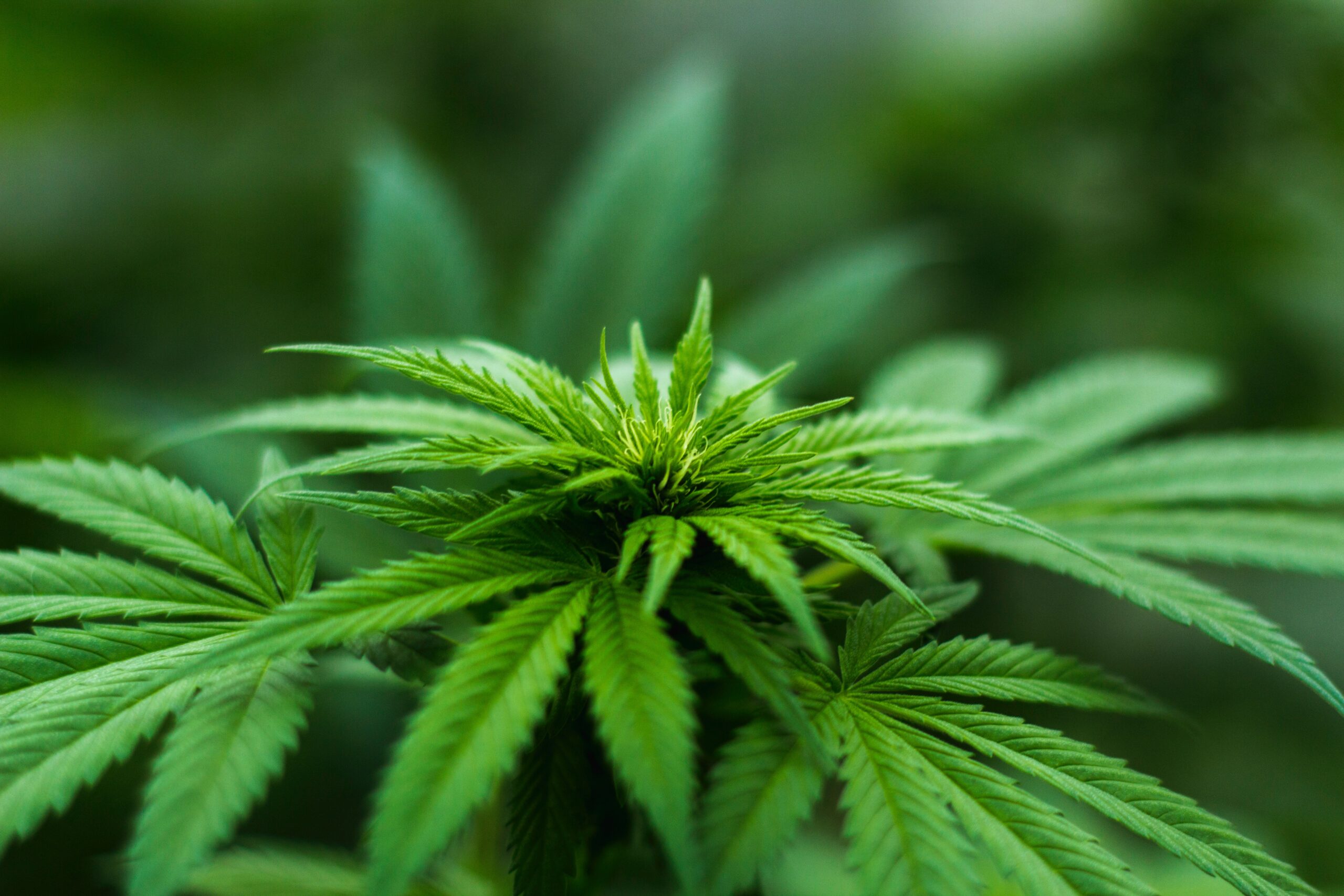Are you curious about all of the benefits of cannabis whether it is through the consumption of it or even the impact on the environment? Do you want to know how cannabis and the cannabis industry can help the environment?
When people think about cannabis and cannabis products their minds typically automatically go to getting high and being stoned, however, cannabis has far more to offer than just that including some great effects on the environment.
Many things are bad for the environment however the production of cannabis is not one of them these days. There are even accessories that are eco-friendly and good for the environment too, like the wooden pipes that you can purchase here. Here are five ways cannabis can help the environment.
Cannabis Farms Help the Environment
One of the first and most obvious reasons why cannabis can help the environment as opposed to hurting it is that cannabis farming is incredibly beneficial. There are many reasons why cannabis farming could help the environment.
Cannabis farming has a very positive impact on the environment. Not only do most cannabis farms use sustainable farming methods, but the majority of the cannabis plant can be used in one way or another which means that these plants can support multiple industries.
Cannabis farms can be both indoors and outdoors, and the ones that have the biggest positive effect on the environment are those that are outdoors.
It Saves the Trees
Something to keep in mind is that many people associate hemp with the marijuana industry and cannabis itself however hemp or the cannabis plants are so much more than just growth and housing methods for the cannabis flower.
Cannabis or the cannabis industry could save our trees. It is no secret that this forest station is one of the biggest problems that is facing us worldwide and it is destroying hundreds of thousands of ecosystems which is leaving many different species to go extinct.
Research shows that each hemp or cannabis plant could save about 12 trees and in the process save different species from going extinct and even reduce the amount of pollution that is created by the manufacturing process that would take place where these plants would have been instead.
Gets Rid of Toxins
Another fact that you might not have known about cannabis and how it can help the environment is the fact that it can help to get rid of toxins in the environment and humans. Something to take note of is that toxins are not only bad for the health of humans but also the health of the environment.
Many fabrics within the textile industry have a lot of dangerous chemicals within them to make them last longer however hemp is used similarly and is a lot stronger than many other materials on its own without any kind of chemicals or toxins added to it.
Provides Energy
When it comes to growing cannabis plants or hemp plants, if you have ever tried to do it yourself you will have noticed that it doesn’t require much energy at all, and you don’t have to put much care or attention into it.
With that said going hand in hand with the fact that they are incredibly low maintenance, they are also a great source of energy. Research shows that these plants can create high amounts of cellulose which is something that can help with the creation of biofuel which is environmentally friendly.
Requires Limited Electricity & Water
As mentioned above there are two different manners in which one can farm cannabis: indoors and outdoors. With that said, one is a more eco-friendly option than the other. When it comes to outdoor farming, something to note is that it uses significantly less electricity and water.
You do not have to have any kind of grow lighting constantly on them, and they do not need much water. Most of what these plants need they will get naturally from rainfall and natural sunlight. This, therefore, makes it a much better option for the environment and can help it in the long run.
When it comes to indoor cannabis plants, while they do require a bit of extra attention when it comes to lighting and water, they still do not require a lot of it leaving minimal impact on the environment.

